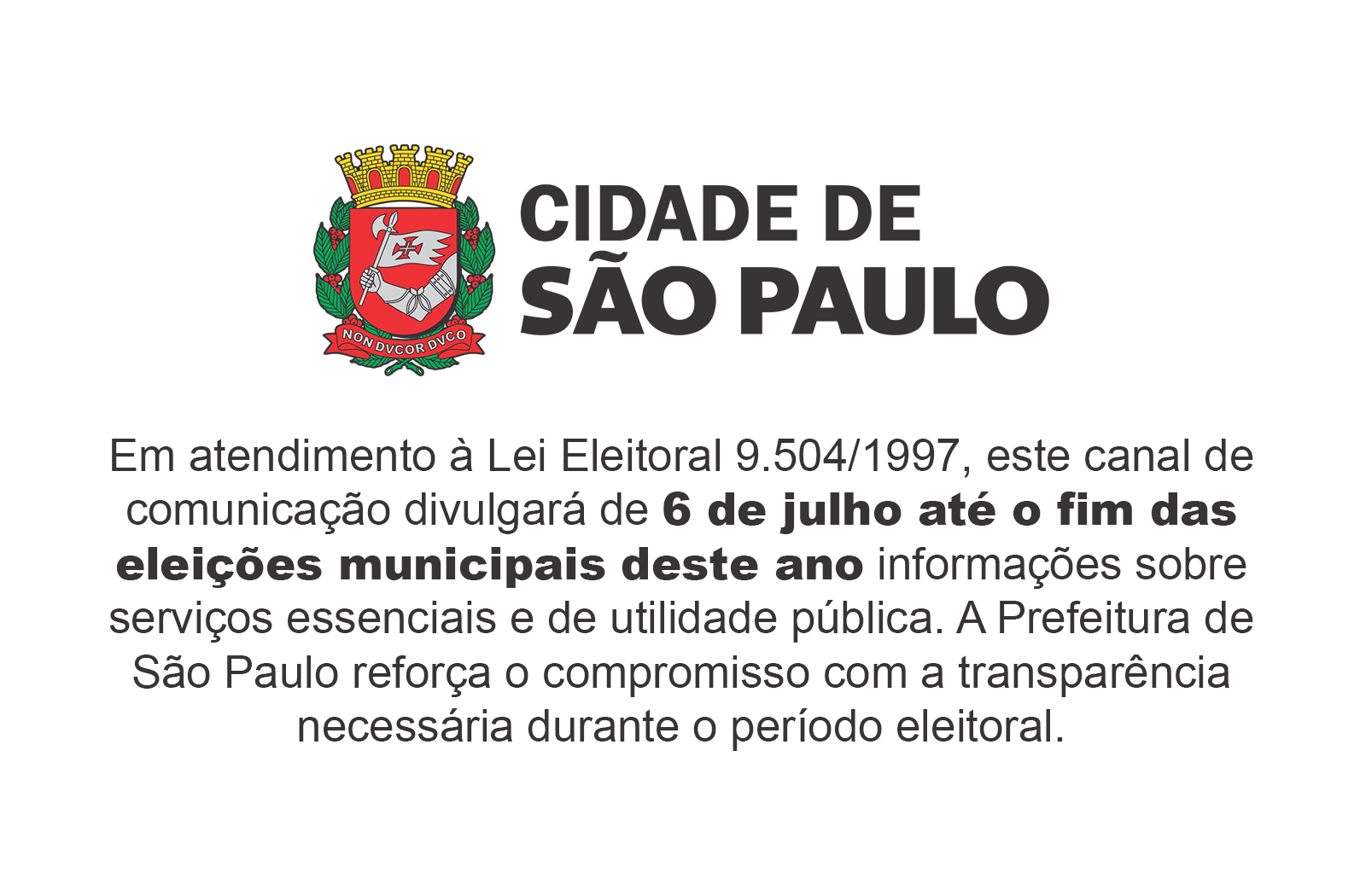Secretaria Municipal do Verde e do Meio Ambiente
Seoul car-free days have reduced CO2 emissions by 10% annually
What is it?
A voluntary program where people choose one day a week (Monday to Friday) as a no driving day. Participants are given incentives, which are provided by public organisations and private companies, such as discounted petrol, free parking and car washing, to use alternate modes of transport of the selected days. Participants are encouraged to take part as often as they can. Those participating just three times a year, for example, will have their incentives removed or diminished.
How does it work?
People wanting to take part in the scheme select a weekday that they will not drive. They register their chosen day on a website www.no-driving.seoul.go.kr and receive an e-tag for the windscreen and sticker for the rear window. This enables the City to monitor usage through a RFID (Radio Frequency Identification), which verifies compliance and ensures that participants are registered and therefore eligible for the incentive scheme.
Incentives include: Public Organisations:
* 5% Reduction in Auto Tax
* 50% Discount on Congestion charge
* 10~20% Discount on Public parking fees
Private Sector:
* 1 to 6 cents/L Discount on Gasoline price
* 10% Discount on Car maintenance cost
* Free or Discount on Car washes
There are no real benchmarks set on the number of days participants are expected take part each year. However, if a participant only drove on the selected day three times a year, some of the incentives would be cancelled or stopped for that year.
Eligibility: Non-commercial vehicles carrying less than 10 passengers are eligible to take part in the scheme.
Time applied: 7am to 10pm on the selected day – excluding Saturdays, Sundays and Public holidays
C02 emissions
1 million cars participating in the ‘No Driving Day’ program delivers a reduction of about 243,000 tons of CO2 emissions, a reduction rate of 9.3% and equivalent to about 6% of total CO2 emissions per year in Seoul and about 20% of CO2 emissions from the transport sector.
* 3.7% decrease in traffic volume
* 3% increase in operating speed
* 50 m US$ annual savings in fuel costs
* air quality improvement and clean city
Participants with e-tags – 653,000 (participation rate 30% of total eligible vehicles)
Next steps
The central Government is making efforts to spread such a program across the country. Since June 2006, all public institutions in Korea started adopting the similar system.
In July 2007, the weekly no-driving day program in Seoul will be unified to the electronic tag system, eliminating the requirements for paper stickers.
Application
Recently, some satellite cities in Geonggi province have applied to participate in the program by sharing the electronic tag system in cooperation with Seoul city. Participants are also required to comply with the pre-selected no-driving days, which are then monitored by the RFID system.
The system is easy to apply to cities – it requires partnering with transport-related businesses to incentivise the community and setting up a monitoring system, through e-tags. Many existing e-tag systems can be expanded to include this type of monitoring.

